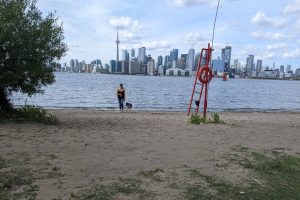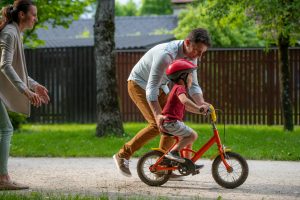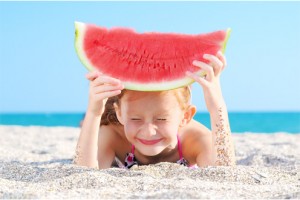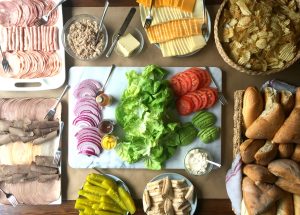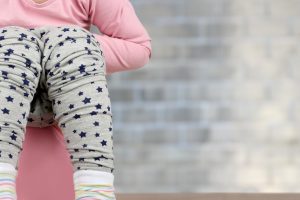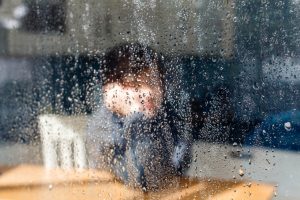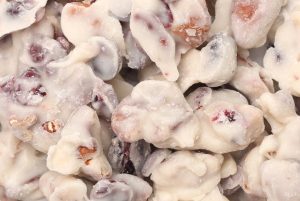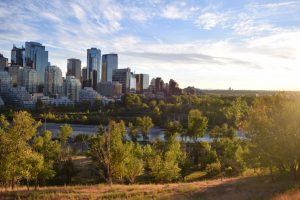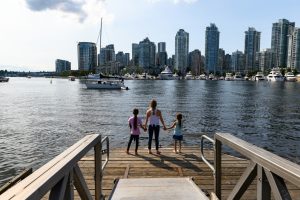What Parents Need to Know About Heatstroke in Babies and Kids
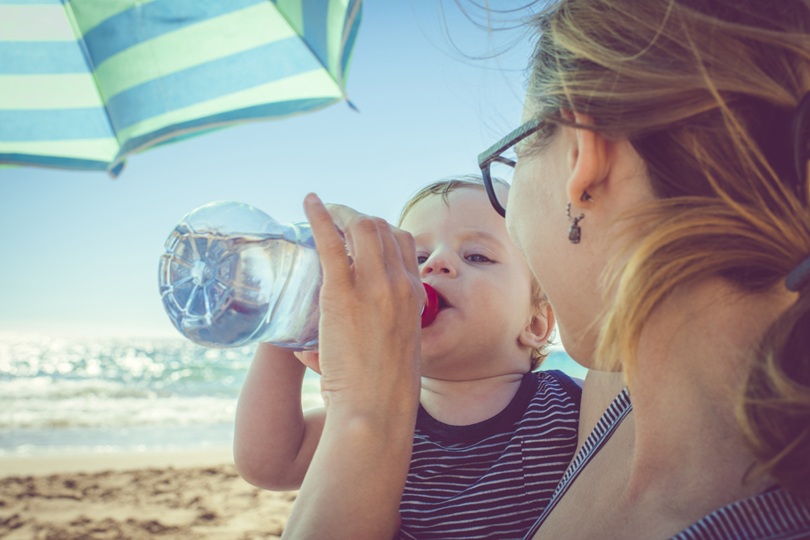
Summer means more time outdoors… yay! But with rising temperatures and mid-summer heatwaves, it also means parents need to be extra vigilant about heatstroke in babies and young children. Unlike adults, littles don’t regulate their body temperature as efficiently. What seems like a mild day to us can actually be dangerous for them.
Here’s what every parent should know about heatstroke in babies and kids and how to keep them safe while still enjoying the sunshine:
What Is Heatstroke?
Heatstroke is the most serious heat-related illness and it happens when the body overheats and can’t cool itself down. In children, this can happen more quickly than you think. Most at risk are babies, whose sweat glands aren’t fully developed.
It’s a medical emergency that can lead to organ damage, brain injury, or even death if not treated immediately.
Symptoms of Heatstroke in Babies and Children:
The signs can come on fast and may include:
- Hot, red, dry skin (no sweating)
- High body temperature (above 40°C or 104°F)
- Rapid heartbeat
- Confusion or disorientation
- Lethargy or unresponsiveness
- Vomiting
- Seizures
- Rapid, shallow breathing
In infants, look for:
- Fussiness that doesn’t subside
- Flushed skin
- Fewer wet diapers
- Lethargy or limpness
If you notice any of these signs, seek emergency medical care immediately.
How to Prevent Heatstroke in Babies and Children
Thankfully, heatstroke is preventable with a few simple precautions:
1. Never leave a child in a parked car—even for a minute
Even with the windows cracked, the temperature inside a car can skyrocket in minutes. According to the Canadian Paediatric Society, a child’s body temperature can rise three to five times faster than an adult’s.
2. Dress for the weather
Light-coloured, breathable clothing (think cotton or linen) helps keep kids cool. For babies, a single layer is often enough, especially if they’re in a stroller or carrier.
3. Offer water frequently
Children may not ask for water, so offer it often… even if they say they don’t feel thirsty. For babies under six months, continue breastfeeding or formula feeding on demand.
4. Stay shaded and time outdoor play
Plan park visits and outdoor time for early morning or late afternoon when the sun isn’t at its peak. Use beach umbrellas, hats, stroller shades, and seek out natural shade.
5. Watch for overheating in carriers or strollers
Check your baby’s back, neck, and chest often to make sure they’re not hot or sweaty. Take breaks and remove them from the carrier when possible.
6. Use fans or AC when indoors
If you don’t have air conditioning, spend time in public places that do. Malls, libraries, and community centres are great places to beat the heat, especially during heat waves.
What to Do If You Suspect Heatstroke
If your child shows signs of heatstroke:
- Call 911 immediately. This is a medical emergency.
- Move them to a cooler place. Indoors with AC is best, or a shaded, breezy outdoor spot.
- Cool them down. Remove excess clothing and apply cool (not cold) water to their skin. Use a fan if available. If the child is conscious and able to drink, offer small sips of water.
- Do NOT give medications. Medications like acetaminophen or ibuprofen don’t help reduce internal body heat and can be harmful in this situation.
Summer Safety
Babies and children are especially vulnerable in the heat. But, with a little planning, you can keep them safe and still make the most of summer. Think shade, hydration, and early warning sign re. And if in doubt, cool them down and seek help. Better safe than sorry!
Bookmark this article for summer, share it with your parent crew, and stay cool out there.

